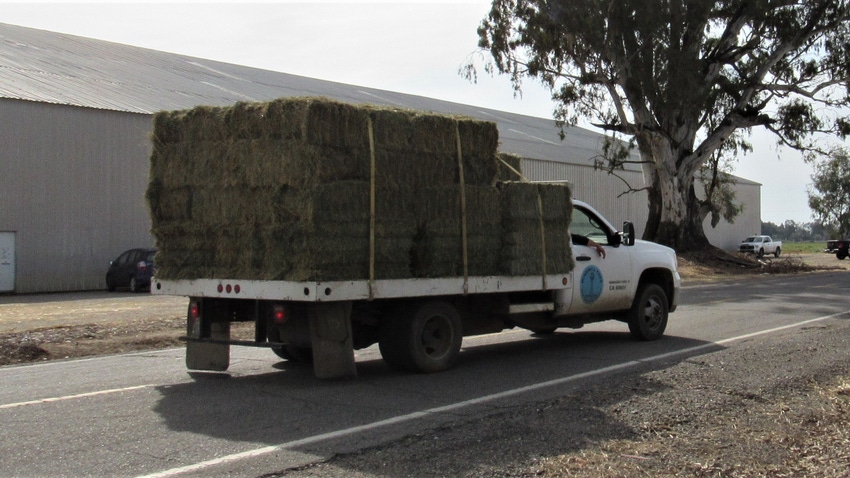November 14, 2023

Earlier this month, an article was released by ProPublica that “exposes” Imperial Valley family farms for using water to grow food.
The article estimated how much Colorado River water 20 farm families were using on their lands, comparing that amount to other competing uses, and then listing each family’s water us … by name. This is truly frightening, given the polarized nature of today’s society.
The consumptive water use estimates were derived from data generated through a program called “OpenET”, which makes satellite-based estimates of evapotranspiration (ET) publicly accessible.
All of the families are located in a region that provides 90% of the leafy green vegetables consumed in the U.S. during winter months. This region also supplies alfalfa hay, an extremely important crop due to its rich nutritional value as feed for animals, particularly dairy and beef cattle, horses, and sheep.
Most fresh dairy products in the desert Southwest are sold within about 300 miles of their point of origin, according to a recent paper published by Jeffrey C. Silvertooth, a professor from the University of Arizona.
The ProPublica article criticizes the farmers, claiming that much of their water supports food that isn’t eaten by humans. Instead, it’s used to grow hay to feed livestock, and that, in some places, that hay is exported to other parts of the world where people like to eat meat and dairy products.
A similar argument could probably be made when you look at the vast amount of Colorado River water that is used to manufacture microchips in the Southwest. Microchips are one of the top five export products in America. What is disturbing is that no one seems to be decrying the “export” of water to other countries via these products.
Regardless, the focus on “exporting water” in products sold abroad is fundamentally incomplete because it does not account for the multitude of imported products used by U.S. residents.
Furthermore, Western hydrology is complicated. ET is just one factor in the overall water balance.
The glaring reality is that water used to grow farm products doesn't stay on the farm. The ProPublica piece compares "urban" water use with farm water use but doesn't say anything about the water needed to feed all of the people in the city.
ProPublica claims that it is a nonprofit newsroom that investigates “abuses of power”.
Is growing food now considered an “abuse of power”?
Alfalfa is an important crop, and it is grown throughout the West for good reasons. One year ago, the Family Farm Alliance and California Farm Water Coalition produced a White Paper titled, “Our Food Supply at Risk; The Importance of Alfalfa Production in the American West” detailing the valuable role alfalfa plays as a principal feed source for the nation’s livestock and dairy industries, its environmental benefits, and contribution to effective drought management. I encourage you to check it out and share it with your urban friends.
With the growing disconnect between the consumers, farmers, and the agricultural processes that sustain the world, it is clear there is a need to bridge this knowledge gap and enlighten the public about the significance of farm water in our food production.
[Dan Keppen is executive director of Family Farm Alliance.]
About the Author(s)
You May Also Like




